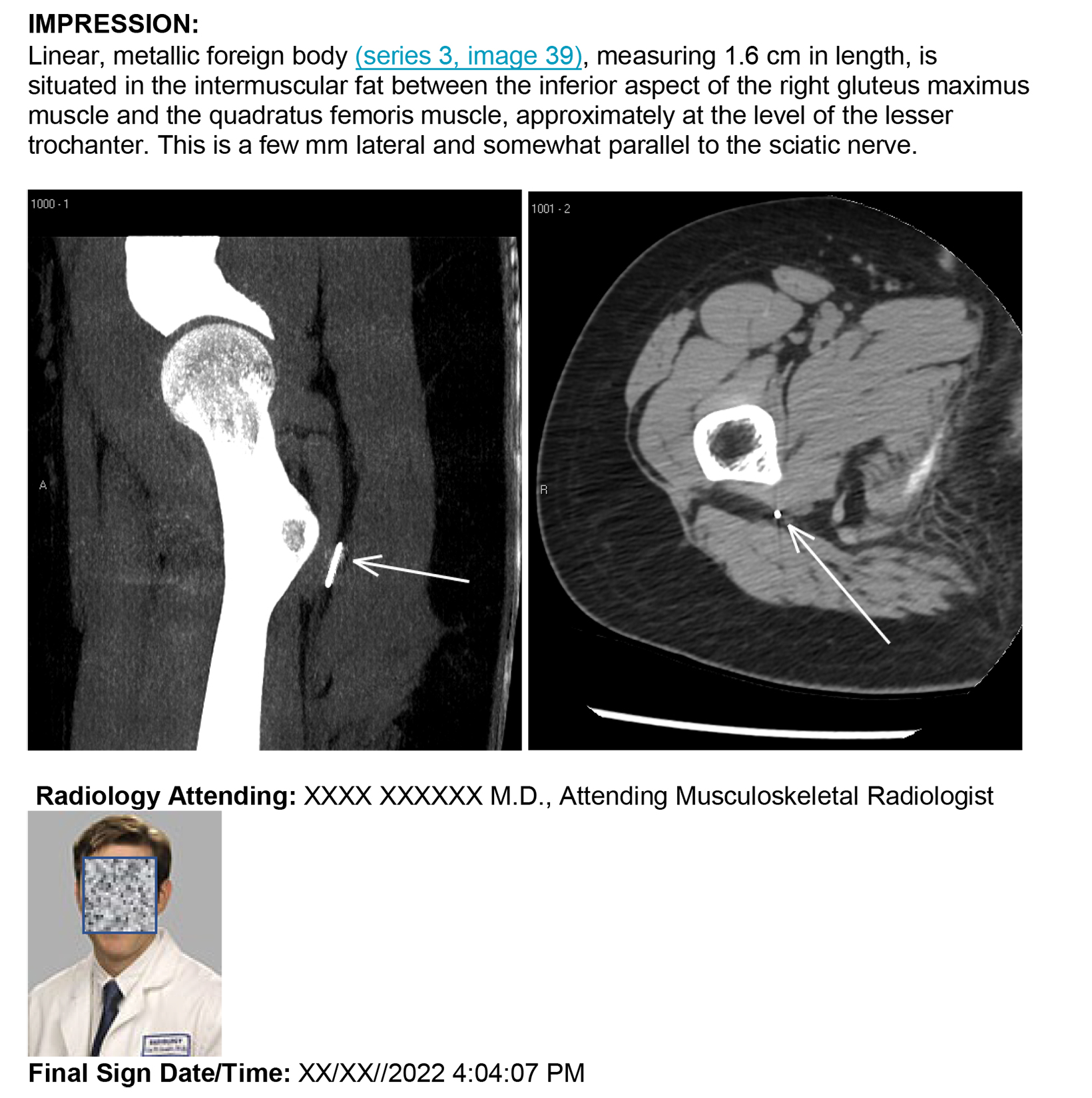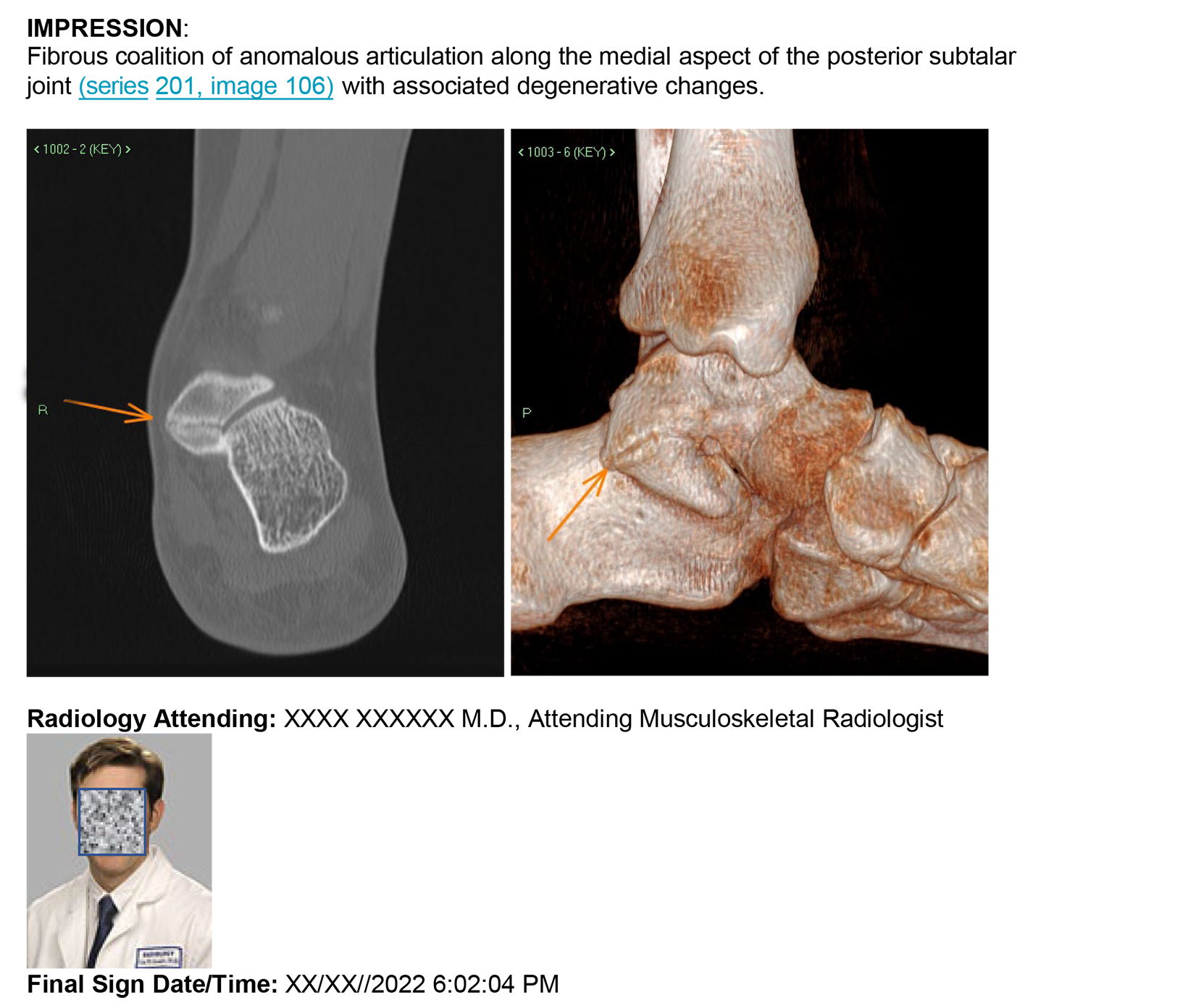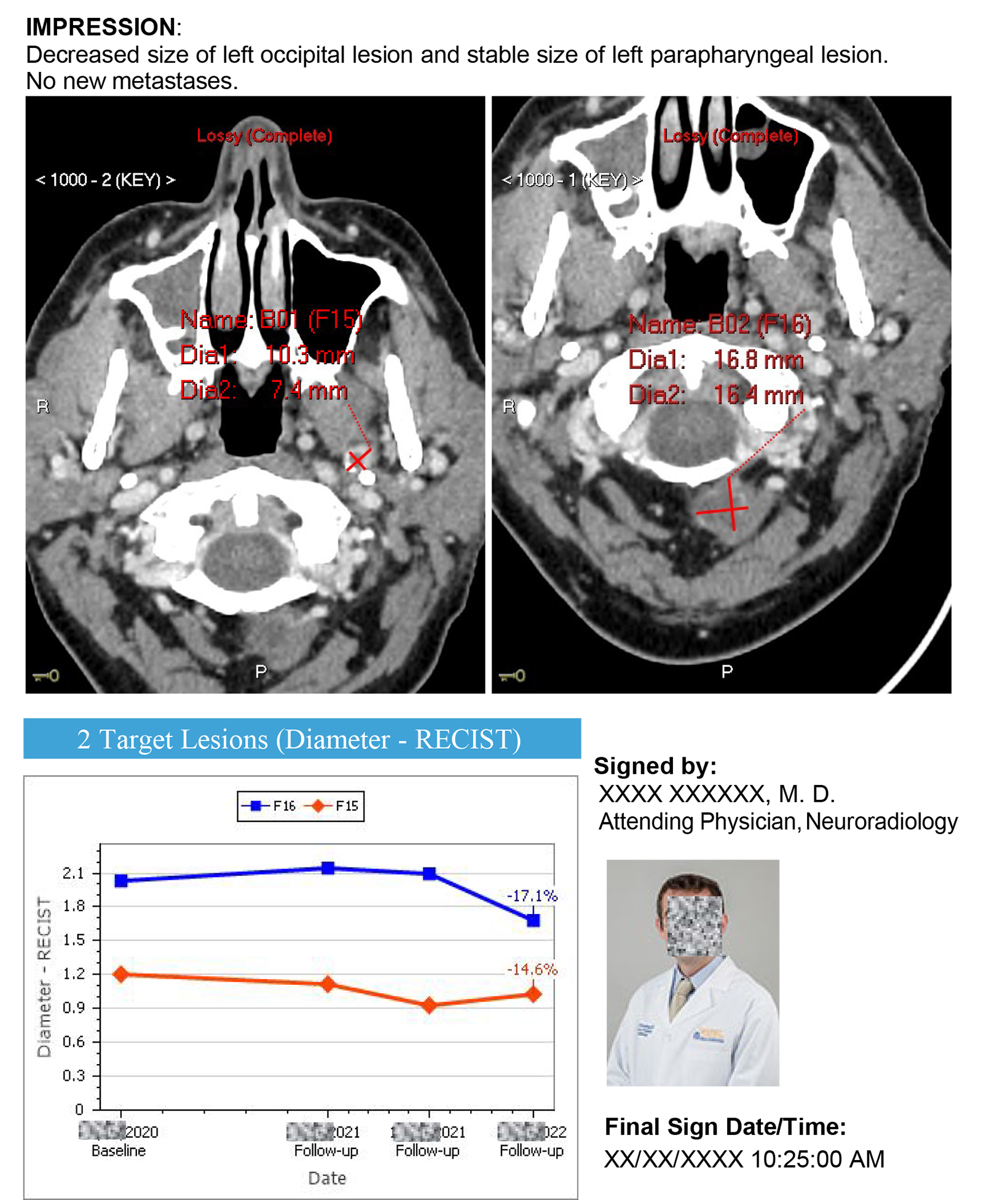Interactive Multimedia Reporting: The Next Generation Is Here
Images



Remember those early iterations of online news websites that mirrored the traditional newspaper format? You know, the ones with large chunks of text that made your eyes blur, fingers scroll, and interest quickly dissolve before you clicked on to the next website?
That’s pretty much where most radiology reports still stand today.
Three decades into the online revolution, virtually every report in radiology—the most visual specialty in all of medicine—consists of no more than plain text, big, gray blocks of words that run on and on and make one’s eyes glaze over.
“There’s a huge amount of dissatisfaction with traditional, text-based, unstructured radiology reports,” says David Kwan, BSC, CMC, MRT(NM), an informaticist in Toronto and co-chair of both the HIMSS-SIMM Enterprise Imaging IMR Community and the IHE-IMR Task Force.
“Nobody would ever want to digest content like that,” agrees Cree Gaskin, MD, professor and vice chair of radiology, and associate chief medical information officer of the University of Virginia (UVA) Health System in Charlottesville.
Fortunately, radiology is beginning to catch up.
A Picture Is Worth a Thousand Words
Just as today’s online news creators build in engaging graphics, links to related content, and other media such as sound and video, a growing number of medical imaging providers are leveraging interactive multimedia reporting (IMR) to make it easier for referring physicians and their patients to absorb the vital information relating to their imaging findings.
Key images, graphs, and tables, as well as interactive elements like hyperlinks to annotated, scrollable images, and additional resources are being integrated into the next generation of radiology reporting to improve clarity, reader comprehension, and review speed.
“The number one goal of IMR is to enrich the reports we provide to our referring providers to facilitate their understanding of the imaging findings,” Dr Gaskin says.
Admittedly, not every imaging exam, such as a radiograph, is going to demand an IMR-based report. However, IMR can be particularly beneficial for high-yield, complex cases. Beyond removing much of the “guess work” for referring physicians, IMR offers smoother report review for downstream radiologists and helps patients better understand their exam findings.
Noting that radiologists tend to fall into dictation patterns using text-only reporting, Kwan encourages radiologists to ask themselves, “Who are you really creating these reports for?” He says plain-text reports often miss the mark with respect to their intended audience, creating confusion or requiring additional time for review.
Interoperability Challenges and Standardization Efforts
Although the advantages of IMR are becoming increasingly apparent, Dr Gaskin says, the technical changes required to implement IMR can be daunting, and “old habits die hard.”
While plain-text reports can be easily exchanged across vendor platforms, making the most of IMR requires a system to create rich reports which go beyond plain text, and ensure they can be viewed downstream in third-party systems. Connections must be made between an institution’s picture archiving and communications system (PACS) and its reporting platform to facilitate integration of images and related data into reports and to enable hyperlinks from the report back to the online images.
The tools to establish these connections span a spectrum of solutions and workflows, Kwan explains, referring to IMRs as a technological “Wild West.”
At UVA, Gaskin leverages one combined application for viewing and reporting, which he calls a “a strategically advantaged approach” to creating interactive multimedia reports. Bidirectional connections between viewing and reporting components can be established more easily when they exist within one combined application compared with trying to establish similar connections across components from different vendors.
Once interactive multimedia reports are created, Gaskin has employed various approaches to ensure the advanced report content is viewable by providers in the downstream EHR. UVA has been successful presenting IMR in the EHR by using PDF and RTF formats, rather than using traditional plain text. If the EHR cannot support RTF or doesn’t have an integrated PDF viewer, it can still potentially provide a similar user experience. In this case, a hyperlink within the EHR can connect the user with the source proprietary interactive report and image viewing system.
Beth Israel Deaconess Medical Center (BIDMC) in Boston, meanwhile, has achieved its IMR functionality a different way. BIDMC prototyped an IMR viewer via open-source software, leveraging a middle layer of natural language processing instead of hybridizing image viewing and reporting tools.
“We’re trying to create these rich experiences for our referring providers without buy-in yet from vendors,” says Seth Berkowitz, MD, an interventional radiologist and the medical director of radiology informatics at BIDMC. “Ultimately, if we want to enable vendor-neutral IMR creation, there’s going to need to be a standard for any reporting system to talk to any image viewing system.”
Through the HIMSS-SIIM Enterprise Imaging Community, Drs Berkowitz and Gaskin, and Kwan co-authored a white paper1 in 2021 that described the landscape of IMR and detailed existing standards and those that remain to be developed for vendor-neutral solutions.
A second white paper, “Interactive Multimedia Reporting Technical Considerations: HIMSS-SIIM Collaborative White Paper,” identifies challenges and strategic gaps, and summarizes the standards-based infrastructure and communications required to plan and implement IMR. With the report expected to debut in September, the IHE Radiology Technical Committee recently published the new IHE IMR Technical Framework Supplement for public comment.
“We don’t have all the answers,” admits Dr Berkowitz; but regardless of how IMR is achieved, “We all believe this [IMR] should be the standard of care for how all radiologists communicate with their referring providers.”
Workflow and Business Benefits
IMR can be automated to varying degrees based on how an institution implements the technology. In some workflows, rich features are integrated manually post-transcription. Optimally, key images, hyperlinks, and image-related data (eg, lesion size and reference image data) can be integrated via simple voice commands, saving time and reducing transcription errors.
For example, when reviewing thousands of CT images, radiologists must dictate series and image numbers o identify and describe their findings, which Kwan calls, “an arduous task.”
“At a time when we’re talking about radiologist burnout and clinician fatigue, we’re actually forcing them to do more work. IMR circumvents this and makes it a lot easier,” he says.
IMR also accelerates the report review process for referring physicians by improving the presentation and clarity of clinical context. “When [referring physicians] look at the image, they’re really relying on the radiologist to point out what’s wrong, and they value that,” Dr Berkowitz says. “When we can actually combine the image with the report seamlessly, it dramatically reduces the cognitive load and removes the chance of errors. Especially in complicated cases, we can really reduce the ambiguity and more cleanly tell the story of what’s happening in that imaging study.”
“Customers have a choice, so we want to deliver a modern product,” adds Dr Gaskin. “We want them to have an easier time digesting our report. Like in any competitive market, you want to deliver the best product possible. IMR offers more to report consumers than plain-text reports do,” he says.
Patients also prefer interactive reports over plain-text descriptions of their findings. “Patients are seeing their own reports and you want to engage the patient with content that they can digest so they can understand their condition better,” Dr Gaskin says. “[T]here’s greater clarity in conveying the message with interactive and multimedia components.”
IMR Adoption Is in Its Infancy
Implementing IMR isn’t a “sink or swim” proposition.
“The good news is, once technical implementation is complete, radiologists can adopt IMR gradually,” Dr Gaskin says. “They can continue to issue simple, text-only reports while having the opportunity to utilize more advanced reporting techniques at their convenience.”
While some radiologists may resist changes in reporting, Kwan and Dr Gaskin agree that IMR ultimately offers a way to save time, reduce repetition, and make their jobs easier. “People have to make the change,” Kwan says. “Given that sites have completely switched over, it is possible.”
Achieving market penetration, the vital next phase for IMR, is likely to be advanced by standardization, Kwan says, concluding that, “We’re only scratching the surface right now.”
Reference
- Roth, C.J., Clunie, D.A., Vining, D.J. et al. Multispecialty Enterprise Imaging Workgroup Consensus on Interactive Multimedia Reporting Current State and Road to the Future: HIMSS-SIIM Collaborative White Paper. J Digit Imaging 34, 495–522 (2021). https://doi.org/10.1007/s10278-021-00450-5, Accessed March 25 via https://link.springer.com/ content/pdf/10.1007/s10278-021-00450-5.pdf
References
Citation
K R. Interactive Multimedia Reporting: The Next Generation Is Here. Appl Radiol. 2022;(3):20-23.
April 26, 2022